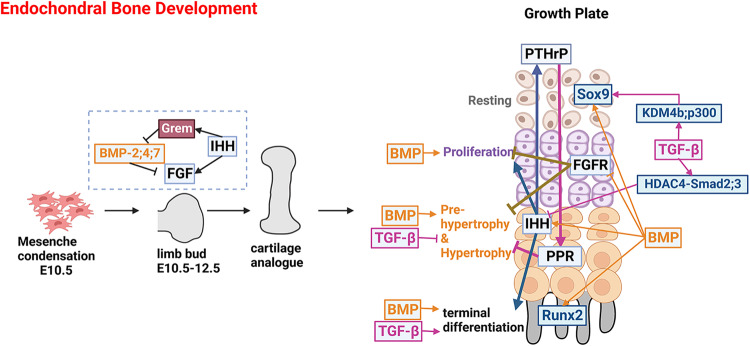Fig. 4. TGF-β and BMP signaling in endochondral bone development.
Endochondral bone development begins with the condensation of mesenchyme, which develops into limb bud, cartilage analogue, and embryonic bone with a well-organized growth plate in a step-wise fashion. In the early stage, BMPs are expressed in the anterior and posterior margins of the limb bud. IHH induces the expression of BMP antagonist Gremlin in the posterior margins. Gremlin prevents BMPs from downregulating FGF production which feeds back to maintain IHH production. The BMP-IHH-FGF regulatory loop establishes the dorsal-ventral and anterior-posterior axes of the limb bud and determines limb patterning. In the growth plate, BMP signaling promotes chondrocyte proliferation and differentiation at all stages, while TGF-β promotes the terminal differentiation of chondrocytes while inhibiting hypertrophic differentiation. BMP positively regulates IHH signaling to promote chondrocyte proliferation through the IHH-PTHrP loop, negatively regulates FGF signaling, a negative regulator of chondrocyte proliferation and hypertrophy, and promotes Runx2 activity to enhance hypertrophic and terminal differentiation. In contrast, TGF-β decreases IHH expression. BMP and TGF-β promote Sox9 expression or activity, favoring cartilage matrix production.

